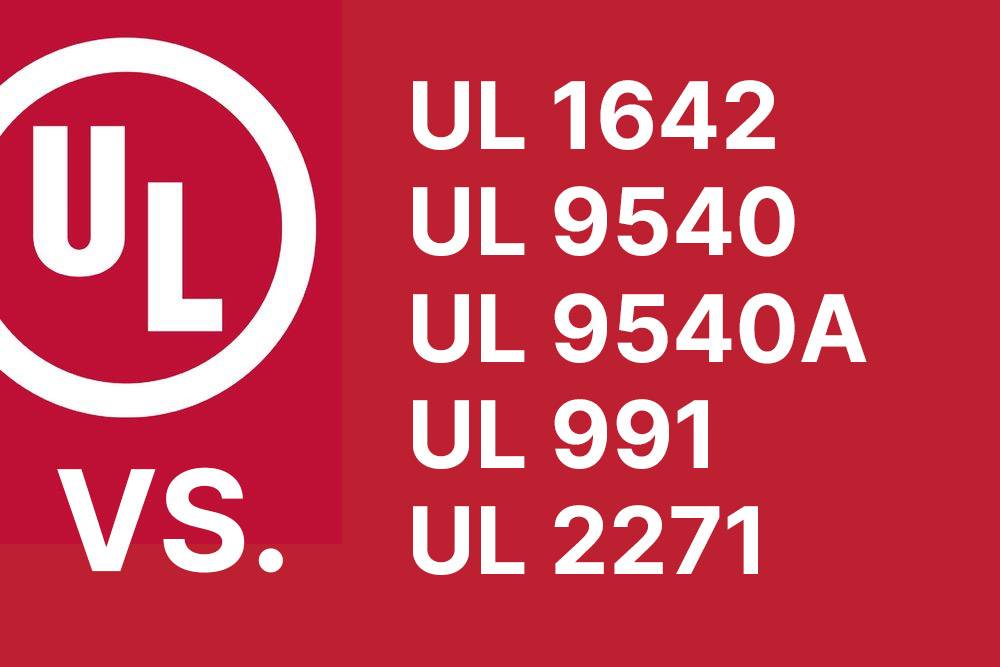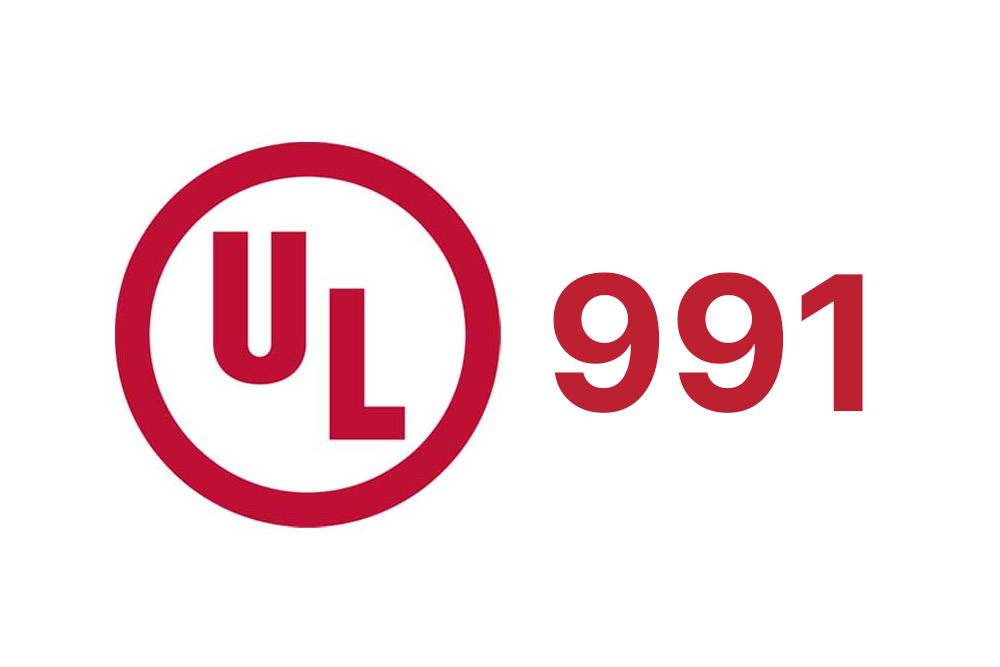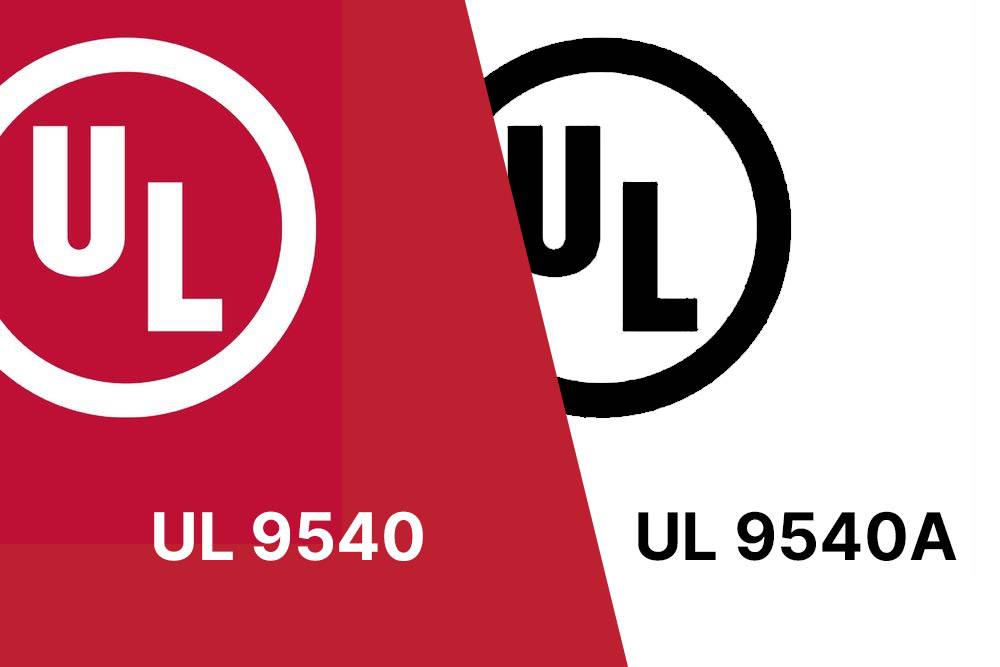- Forklift Lithium Battery
-
48V
- 48V 210Ah
- 48V 300Ah
- 48V 420Ah (949 x 349 x 569 mm)
- 48V 420Ah (950 x 421 x 450 mm)
- 48V 456Ah
- 48V 460Ah (830 x 630 x 590 mm)
- 48V 460Ah (950 x 421 x 450 mm)
- 48V 460Ah (800 x 630 x 600 mm)
- 48V 460Ah (820 x 660 x 470 mm)
- 48V 500Ah
- 48V 560Ah (810 x 630 x 600 mm)
- 48V 560Ah (950 x 592 x 450 mm)
- 48V 600Ah
- 48V 630Ah
-
48V
- Lithium Golf Cart Battery
- 12V Lithium Battery
12V 150Ah Lithium RV Battery
Bluetooth App | BCI Group 31
LiFePO4 Lithium
Discharge Temperature -20°C ~ 65°C
Fast Charger 14.6V 50A
Solar MPPT Charging - 24V Lithium Battery
- 36V Lithium Battery
- 48V Lithium Battery
-
48V LiFePO4 Battery
- 48V 50Ah
- 48V 50Ah (for Golf Carts)
- 48V 60Ah (8D)
- 48V 100Ah (8D)
- 48V 100Ah
- 48V 100Ah (Discharge 100A for Golf Carts)
- 48V 100Ah (Discharge 150A for Golf Carts)
- 48V 100Ah (Discharge 200A for Golf Carts)
- 48V 150Ah (for Golf Carts)
- 48V 160Ah (Discharge 100A for Golf Carts)
- 48V 160Ah (Discharge 160A for Golf Carts)
-
48V LiFePO4 Battery
- 60V Lithium Battery
-
60V LiFePO4 Battery
- 60V 20Ah
- 60V 30Ah
- 60V 50Ah
- 60V 50Ah (Small Size / Side Terminal)
- 60V 100Ah (for Electric Motocycle, Electric Scooter, LSV, AGV)
- 60V 100Ah (for Forklift, AGV, Electric Scooter, Sweeper)
- 60V 150Ah (E-Motocycle / E-Scooter / E-Tricycle / Tour LSV)
- 60V 200Ah (for Forklift, AGV, Electric Scooter, Sweeper)
-
60V LiFePO4 Battery
- 72V~96V Lithium Battery
- Rack-mounted Lithium Battery
- E-Bike Battery
- All-in-One Home-ESS
- Wall-mount Battery ESS
-
Home-ESS Lithium Battery PowerWall
- 24V 100Ah 2.4kWh PW24100-S PowerWall
- 48V 50Ah 2.4kWh PW4850-S PowerWall
- 48V 50Ah 2.56kWh PW5150-S PowerWall
- 48V 100Ah 5.12kWh PW51100-F PowerWall (IP65)
- 48V 100Ah 5.12kWh PW51100-S PowerWall
- 48V 100Ah 5.12kWh PW51100-H PowerWall
- 48V 200Ah 10kWh PW51200-H PowerWall
- 48V 300Ah 15kWh PW51300-H PowerWall
PowerWall 51.2V 100Ah LiFePO4 Lithium Battery
Highly popular in Asia and Eastern Europe.
CE Certification | Home-ESS -
Home-ESS Lithium Battery PowerWall
- Portable Power Stations
What Are the Differences Between UL 1642, UL 9540, UL 9540A, UL 991, and UL 2271 in Lithium Battery and BESS Standards?

Understanding the differences between UL 1642, UL 9540, UL 9540A, UL 991, and UL 2271 is crucial for ensuring safety and performance in lithium batteries and battery energy storage systems (BESS). Each standard addresses specific safety requirements and testing protocols that help mitigate risks associated with lithium-ion technology.
What is UL 1642 and Why is It Important for Lithium Batteries?
UL 1642 is a safety standard that specifically applies to lithium-ion cells. It outlines rigorous testing methods to evaluate the safety performance of these cells under various conditions, including thermal, mechanical, and electrical stress. The importance of this standard lies in its ability to prevent incidents such as fires or explosions during normal use or abuse scenarios.Key Aspects of UL 1642
| Aspect | Description |
|---|---|
| Scope | Applies to lithium-ion cells |
| Testing Focus | Thermal, mechanical, electrical stress tests |
| Purpose | Prevents fire/explosion risks |
How Does UL 9540 Relate to Energy Storage Systems?
UL 9540 establishes safety guidelines for energy storage systems, including those that utilize lithium-ion batteries. This standard focuses on the overall system performance, including installation, operation, and maintenance protocols. Compliance with UL 9540 ensures that energy storage systems are safe for residential and commercial applications.Overview of UL 9540
| Feature | Description |
|---|---|
| Application | Energy storage systems (ESS) |
| Focus | System integration, operation, maintenance |
| Compliance Importance | Ensures safety in residential/commercial use |
What Are the Key Features of UL 9540A and Its Benefits?
UL 9540A is an extension of UL 9540 that provides additional testing protocols specifically designed to evaluate the fire safety of energy storage systems. This standard includes tests that simulate real-world failure scenarios to assess how different components react under stress. The benefits of adhering to UL 9540A include enhanced safety measures that protect against thermal runaway and other hazards.Benefits of UL 9540A
| Benefit | Description |
|---|---|
| Enhanced Safety | Detailed fire testing protocols |
| Risk Mitigation | Identifies potential failure points |
| Regulatory Compliance | Helps meet local regulations |
Why is UL 991 Significant for Battery Testing and Safety?
UL 991 focuses on the safety testing of electrical equipment, including batteries. This standard outlines requirements for evaluating the reliability and performance of battery management systems (BMS) under various conditions. By following UL 991, manufacturers can ensure their products meet essential safety criteria before reaching consumers.Significance of UL 991
| Aspect | Description |
|---|---|
| Scope | Electrical equipment testing |
| Focus | Reliability/performance evaluation |
| Importance | Ensures compliance with safety standards |
What Does UL 2271 Cover for Light Electric Vehicles and Their Batteries?
UL 2271 pertains specifically to batteries used in light electric vehicles (LEVs) such as e-bikes and scooters. This standard outlines comprehensive safety requirements for battery design, manufacturing, testing, and performance. Compliance with UL 2271 helps ensure that LEV batteries are safe during operation and can withstand various environmental conditions.Overview of UL 2271
| Feature | Description |
|---|---|
| Application | Light electric vehicles (LEVs) |
| Focus | Design/testing standards for batteries |
| Compliance Importance | Ensures operational safety |
Industrial News
Recent developments in battery safety standards highlight the increasing focus on lithium-ion technology’s safe use in various applications. Regulatory bodies are updating existing standards like UL 2271 to address emerging technologies such as sodium-ion batteries while enhancing testing protocols to mitigate risks associated with thermal runaway. These updates aim to protect consumers while promoting innovation within the industry.
Redway Power Expert Views
“Adhering to standards like UL 1642, UL 9540, and others is essential not only for compliance but also for ensuring consumer safety,” states an expert from Redway Power. “As technology evolves, so must our standards to address new challenges posed by advanced battery chemistries.”
Frequently Asked Questions
- What does each standard focus on regarding battery safety?
Each standard addresses specific aspects: UL 1642 focuses on cell safety; UL 9540 covers energy storage systems; UL 9540A enhances fire safety; UL 991 evaluates electrical equipment reliability; UL 2271 pertains to light electric vehicle batteries. - How do these standards impact battery manufacturers?
Compliance with these standards ensures that manufacturers produce safer products while meeting regulatory requirements, ultimately protecting consumers. - Are there penalties for non-compliance with these standards?
Yes, non-compliance can result in fines, product recalls, or legal liabilities depending on local regulations. - Can a single battery meet multiple standards?
Yes, a single battery can be tested against multiple standards if it meets the criteria outlined by each relevant standard. - How often are these standards updated?
Standards are typically reviewed every few years or as needed based on technological advancements or emerging safety concerns.


Is UL1642 mandatory?
This answer accurately states that UL certification is voluntary in the United States and focuses on product safety performance, excluding EMC characteristics. It correctly emphasizes that UL certification is not compulsory but is often sought to demonstrate product safety.
What’s the UL1642 standard for lithium-ion batteries?
UL 1642 is a vital safety standard for lithium-ion batteries. Developed by Underwriters Laboratories (UL), it ensures that lithium-ion batteries meet rigorous safety requirements. The standard covers both rechargeable and non-rechargeable lithium batteries used in products. Its main goals are to prevent explosions or fires during battery usage and to ensure safe removal and disposal of user-replaceable lithium batteries. UL 1642 applies to batteries containing metallic lithium, lithium alloy, or lithium ions. Ensuring battery safety is crucial for products prone to explosion, fire, or toxic leaks.
What is the difference between UL 2054 and UL 1642?
The answer effectively highlights the distinction between UL 1642, which is used for testing lithium cells, and UL 2054, which covers battery pack level tests. It provides a clear explanation of the scope of each standard.
Is UL 2054 mandatory?
The answer correctly states that UL2054 is not a mandated test for products shipped into the US but is often required by US end device standards. It could be helpful to specify what constitutes a “severe test” in the context of UL2054.
What is the IEC code for batteries?
The IEC 60086 standard provides an alphanumeric coding system for batteries. It includes letters and numbers to indicate the number of cells, cell chemistry, shape, dimensions, and other important details. This coding system ensures battery interchangeability and benefits both users and device manufacturers. Examples of IEC nomenclature are codes like R20, 4R25X, and CR17345. Following this standard helps ensure compatibility and ease of use for different battery types.
What is the UL1973 standard?
UL 1973 is a safety standard for energy storage systems (ESS). It ensures that manufacturers meet detailed requirements for safety certification. Compliance with UL 1973 is crucial to ensure the safety and reliability of ESS systems. TÜV SÜD provides testing and certification services to support manufacturers in achieving UL 1973 compliance. Protecting personnel and users from potential harm is the main goal of UL 1973.
What is the difference between UL1642 and IEC62133?
UL 1642 and IEC 62133 are standards for the safety of lithium-ion batteries. UL 1642 applies to both primary and secondary batteries, mainly used in the USA. IEC 62133 is internationally accepted and focuses on cell-level safety. It includes additional tests and is fully harmonized with global requirements. Both standards are important, but IEC 62133 offers broader international recognition. Consultation with certification organizations is recommended to determine specific requirements.
What is the difference between UL2054 and UL1642?
UL 2054 is the standard for household and commercial batteries, while UL 1642 specifically addresses lithium batteries (cells). UL 1642 focuses on individual lithium cells, ensuring their safety by testing for hazards like overcharge, overdischarge, short circuits, and temperature changes. UL 2054 applies to small rechargeable battery packs and requires the cells within those packs to be UL 1642 certified. Both standards contribute to battery safety, with UL 2054 building upon UL 1642 for broader applications.
What’s the UL1642 standard for lithium-ion batteries?
UL 1642 is a crucial safety standard for lithium-ion batteries. It ensures they meet rigorous requirements to prevent explosions and fires. Covering both primary and rechargeable batteries, UL 1642 aims to reduce risks during usage and disposal. It applies to batteries containing metallic lithium, lithium alloy, or lithium ions. Ensuring battery safety is essential, especially for products prone to explosion or fire. UL 1642 plays a vital role in safeguarding users and preventing accidents.
What products does UL 1642 cover?
The answer accurately compares UL 1642 and IEC 62133, noting that both are cell-level certifications but IEC 62133 is internationally accepted while UL 1642 is primarily accepted in the USA. It effectively highlights the international acceptance of IEC 62133.
What Benefits Come with UL Certified Lithium Batteries?
Why is UL 1642 Certification Crucial for Lithium Batteries?
What is a UL 1642 Certified Lithium Battery?
What construction criteria must batteries meet to achieve UL2271 certification?
To achieve UL2271 certification, batteries must meet the following construction criteria:
- Safety: Must pass rigorous safety tests, including abuse and overcharge tests, to ensure they do not pose hazards like thermal runaway or fires.
- Performance: Must demonstrate reliable performance under various operating conditions.
- Design Standards: Must adhere to design and manufacturing standards to ensure consistent quality and safety.
- Labeling: Must include proper labeling and instructions for safe use and handling.
What other certifications might batteries attain besides UL2271?
- UL2054: For household and commercial batteries, focusing on safety.
- UL1642: For lithium batteries, addressing safety and performance.
- CE Marking: Indicates conformity with European health, safety, and environmental protection standards.
- ISO9001: Certification for quality management systems.
- IEC62133: International standard for the safety of lithium-ion batteries used in portable applications.
What organizations and entities were involved in the development of UL2271?
UL2271 was developed by Underwriters Laboratories (UL), a leading global safety science organization. The development involved:
- Industry Experts: Contributions from battery manufacturers, designers, and safety professionals.
- Regulatory Bodies: Input from regulatory agencies and standards organizations to align with safety and performance standards.
- Testing Laboratories: Collaboration with laboratories for testing and validation processes.
What is the history and mission of Underwriters Laboratories (UL)?
Underwriters Laboratories (UL) was founded in 1894. Its mission is to promote safe living and working environments by advancing safety science through testing, inspection, and certification. UL develops safety standards, conducts rigorous product testing, and certifies products to ensure they meet safety and performance requirements.
What are light electric vehicles (LEVs) and what types of mobility products do they include?
Light Electric Vehicles (LEVs) are small, battery-powered vehicles designed for personal or commercial transportation. Types of LEVs include:
- Electric Scooters: Small, two-wheeled vehicles for short-distance travel.
- Electric Bicycles: Pedal-assisted or throttle-controlled bikes with electric motors.
- Electric Skateboards: Battery-powered boards for recreational or commuting use.
- Electric Mopeds: Lightweight electric motorcycles for urban mobility.
- Electric Personal Transporters: Devices like hoverboards and segways for individual transportation.
Also Read:
Comparing Lithium-Ion Battery Standards: China, US, EU
UL 9540 vs UL 9540A, What are the Differences?














